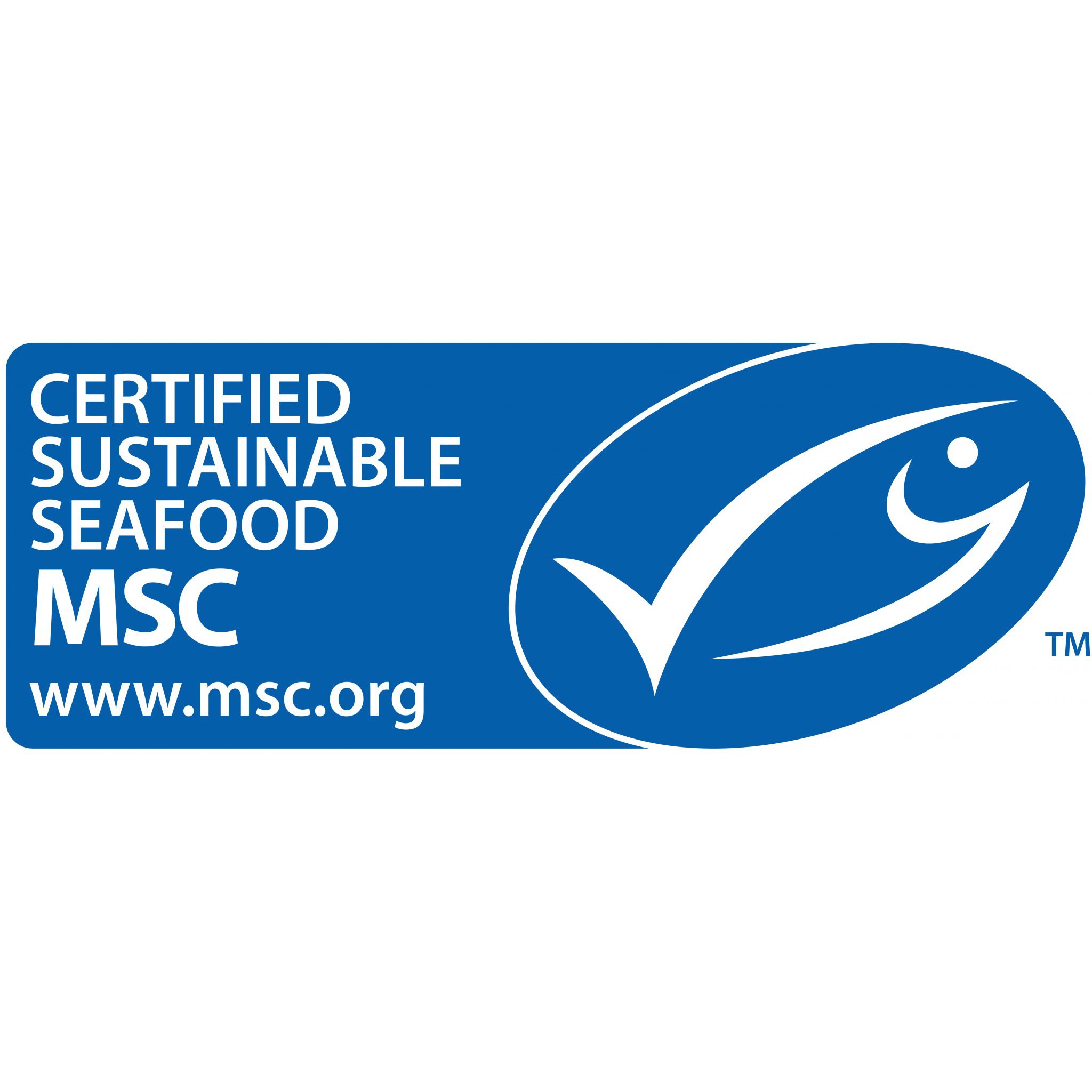 Ian Campbell has spent his entire career employed across the spectrum of fisheries science and policy, working as a marine surveyor, a fisheries observer and writing fisheries policy for the UK & European governments. He even spent several years as a commercial diver working on oil rigs and for the film industry. Ian is currently leading WWF’s global shark management work. You can follow him on twitter @IanFisheries , and follow the WWF campaign @WWF_sharks.
Ian Campbell has spent his entire career employed across the spectrum of fisheries science and policy, working as a marine surveyor, a fisheries observer and writing fisheries policy for the UK & European governments. He even spent several years as a commercial diver working on oil rigs and for the film industry. Ian is currently leading WWF’s global shark management work. You can follow him on twitter @IanFisheries , and follow the WWF campaign @WWF_sharks.
On September 2, in a back room on the campus of the Secretariat of the Pacific Regional Environment Programme (SPREP), on the small island of Samoa, we at the environment conservation non-government organisation, World Wide Fund for Nature WWF quietly launched our Pacific Shark Heritage Programme. This launch was incorporated into the bigger, much flashier United Nations meeting on Small Island Developing States (SIDS), where the United Nations Secretary General Ban Ki Moon spoke of partnerships, conservation of the oceans’ resources and responsible stewardship. There were meetings of Heads of State & UN officials, the World Bank and Ambassadors, with lots of “high-level statements” and “roadmaps for the future of the oceans” announced at champagne & canapé receptions. Yet, we believe, it was our unheralded meeting in the SPREP’s training centre (tea & coffee were provided), that could have the biggest impact on sharks (and rays, rays need love too) and Pacific Island culture.
There are two major components to WWF’s work in the Pacific. The first is to highlight how intrinsically linked sharks and rays are to the many diverse cultures of the Pacific Island nations. We have documented apocryphal tales, fable and legends that have been passed down from generation to generation over hundreds, if not thousands of years. Tales that have been told in villages and communities ever since people have inhabited these islands. And contained in these stories are some truly remarkable accounts of love, war, marriage advice and even a bit of shark taxonomy. Did you know, for example, that in the Cook Islands, a kindly shark gave Ina, the Fairy Voyager a lift across the ocean to be with her fiancé Tinarau, the God of the Ocean? Ina took with her coconuts to ensure she didn’t die of thirst, but no way of opening them (you always forget something, right?). Ina tried to break the coconut on the shark’s head, which resulted in the hammerhead getting its’ distinctive shape. So there’s a taxonomic question answered. It may be a fable, but it’s still as accurate as some recent Shark Week documentaries. On the beautiful island of Taveuni in Fiji, villagers and school children still speak of Dakuwaqa, the shark god, a ferocious warrior who actually protects the islanders. At the SIDS conference there are carvings and murals of Samoan shark legends everywhere, some selling for up to $40,000 (US). In Pacific Island countries, sharks are everywhere and everyone knows about sharks. At WWF, we know we need to keep this history alive.
Which moves me onto the second aspect of our work in the region and globally. While sharks and rays have been part of everyday life for generations, and while there is some fantastic research ongoing around the world, we still live in a world where almost nothing is known about nearly half of all species. Earlier in the year, the Shark Specialist Group for the International Union for the Conservation of Nature (IUCN) released a report of the risk of extinction for over a thousand species of sharks, rays and chimaeras. The headline – almost a quarter are faced with the real threat of extinction. As alarming and troubling as that figure is, there was one statistic that caught our attention. Did you know that for the 1,041 species assessed, 487 are “data deficient”! Basically, there’s no reliable population data for 46.71% of all sharks & rays! Nothing. Nada. Sharks are caught in fisheries in every ocean on the planet, yet how can these be realistically managed if there’s no starting block? Imagine trying to control your spending without knowing how much money you’ve got?
To try to tackle this issue, WWF have been speaking to some of the world’s leading shark & ray researchers (and if we haven’t reached you yet, we will, we’re just being methodical) and also to the growing number of organisations that collect data via citizen science. As a result, we’re developing what we catchily call the “shark and ray rapid assessment toolkit” (SARRAT anyone? Better acronyms and suggestions will be welcomed). Basically this is a significantly scaled back way of collecting data. Genetics, landings at markets, habitats, migrations, you name it, and we’re looking into ways of acquiring and assessing data. We want the best info that is affordable, replicable and easy to collect, info that governments can use to understand their shark populations and ultimately to manage them in a sustainable way. We’re not looking into re-inventing stock assessments, or to produce Ph.D. quality data (that’s the realm of proper researchers), what we want to achieve is the minimum that’s needed to plug the gaps.
One of the main factors contributing to the depressing global picture is the “fog of war” that clouds the acquisition of any meaningful data. If you look at the global picture of capture fisheries, thirteen of the top 20 shark catching nations provide NO shark species-specific breakdown in their catches, with all data provided in generic groups such as “shark” or “shark and ray”, five provide a very limited species breakdown, and only two provide information on all species caught. Shark conservation often focusses on some of the “box office” issues such as ending finning, stopping the shark fin trade or large shark sanctuaries, all laudable goals, but the complexities of fisheries management aren’t so media friendly.
2014 could be a defining year for sharks and those “charismatic pancakes of wonder” rays, as Nick Dulvy rightly calls them. We have recently seen the introduction of CITES trade restrictions for five species of rays and all mantas, and all mobulids and reef mantas are being proposed for protection under the Convention on Migratory Species in November. If we can also help clear up the mystery of what sharks are being caught in fisheries, then we really are on the way to protecting some important cultural icons.

Nice piece of writing, Ian. And I’m liking what I hear about the round-up of everything from citizen science to formal science in “filling the gaps” in fisheries data. My only quibble (if it can be called that) is the characterization of efforts to curb demand of fins or recommendations for governments to take the ultra-precautionary approach through trade bans as “box office” conservation. Also, this coming from a Panda-man… and don’t make me break out examples over my 30 year career of WWF playing to media and headlines over legitimate change happening on the ground. 🙂 I don’t see curbing consumer demand or enacting trade bans (we can call that a sanctuary if you wish) as being anti-fisheries reform. Of course fisheries management is complex. It’s astoundingly complex, not least of which because human livelihoods are at stake and in play. I see a sanctuary as a gold-standard precautionary approach that can be in place until such time as the data-deficiency is addressed and informed fisheries management can be enacted. By the numbers you run in the first two paragraphs alone, I’d say such a precautionary approach is fully warranted. Regardless, I believe all of the measures we can take (local, regional, international, stemming demand of fins in asia, etc) contribute to the ultimate goal we all share: reducing the mortality of sharks and rays. I’d sure love to see the limited resources within the conservation community focus themselves for upwardly vertical pushing vs the horizontal peer criticism that too often divides our shared efforts.
Hi Rick.
Don’t think I made myself very clear in the piece. What I was intending to imply was that the media make certain issues “box office” conservation. When speaking at SIDS about our plans for shark management, all the media were interested in was “how many shark sanctuaries are there going to be” or “when are we going to ban finning?” I fully understand the media’s lack of interest in some things that can’t be clearly conveyed to a readership such as FAO guidelines and Shark Assessment Reports, and I also agree that shark sanctuaries and fin trade restrictions will play a very important role in conservation, my intention was to raise awareness of the slightly unsexier side of shark conservation. And I agree that WWF have, and probably will, ensure there is media spotlight on our work in these areas as many of our supporters want to see them.
The dire state of shark populations of some species and paucity of data means that an immediate cessation is a desired outcome. Unfortunately, this is unlikely to be a reality in the near future for many countries in the Pacific, especially with the sheer amount of money in fisheries. What I am hoping to get across is the fact that a one-size-fits-all won’t work in conservation, and that we really need to present as many opportunities as possible to tackle the main issue which is, as you say, shark mortality. Just as the CITES regulations are now in place for some more species doesn’t mean that it’s job done.
Look forward to catching up in Moorea next month.